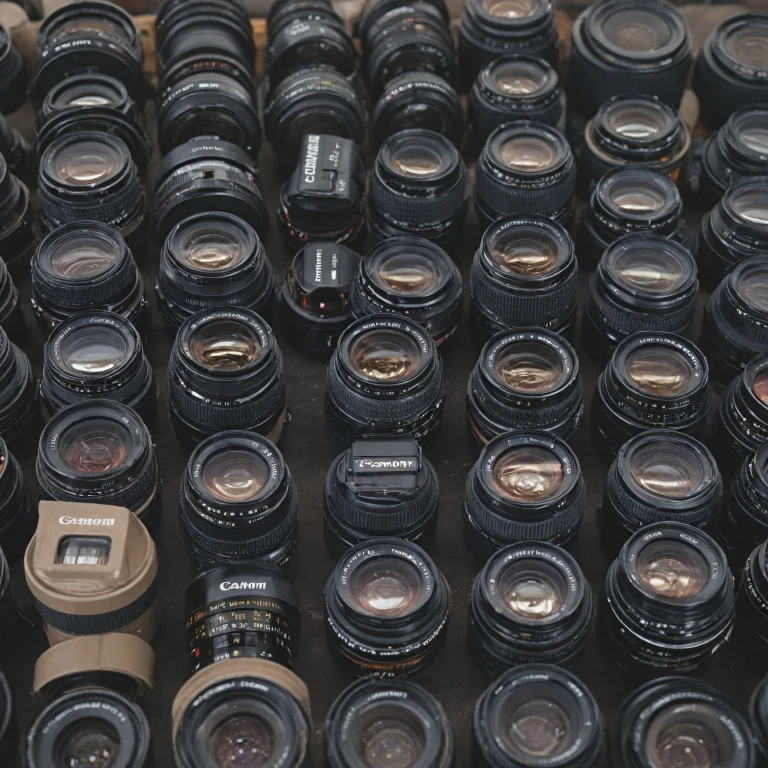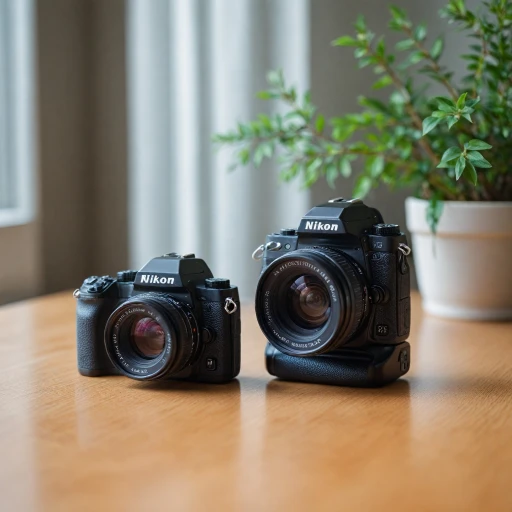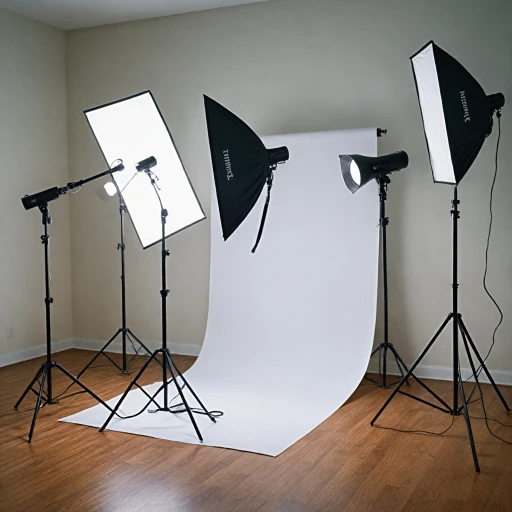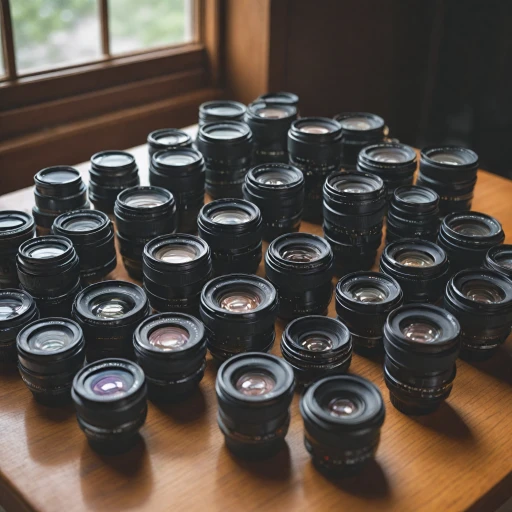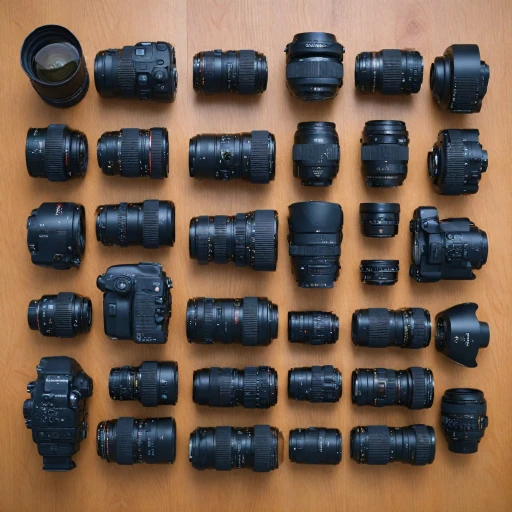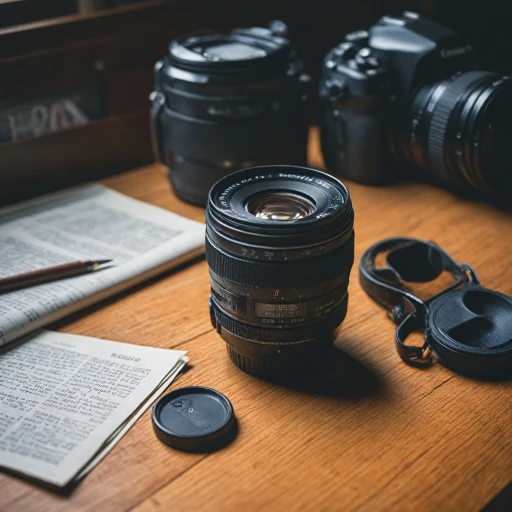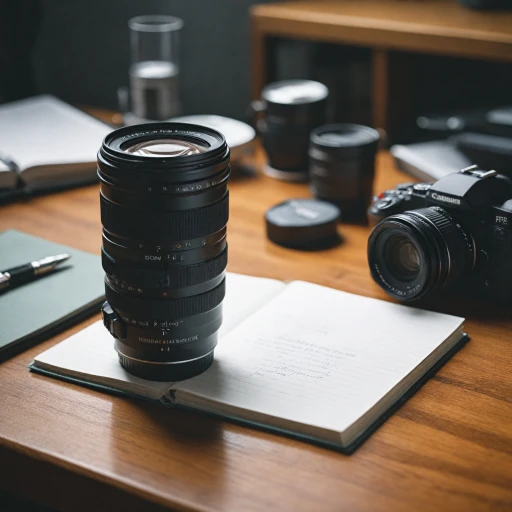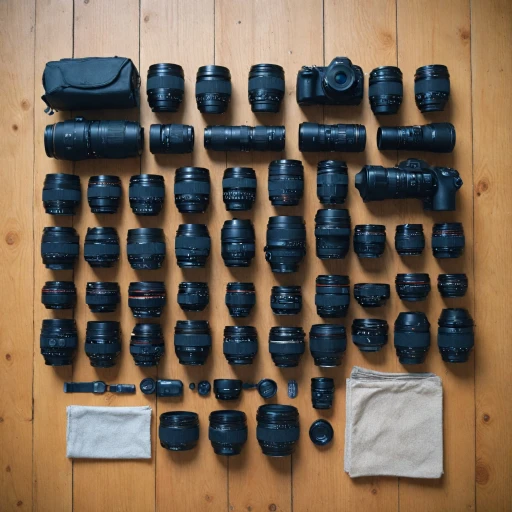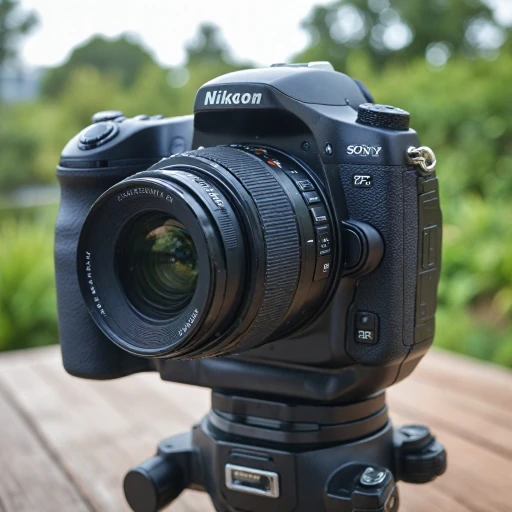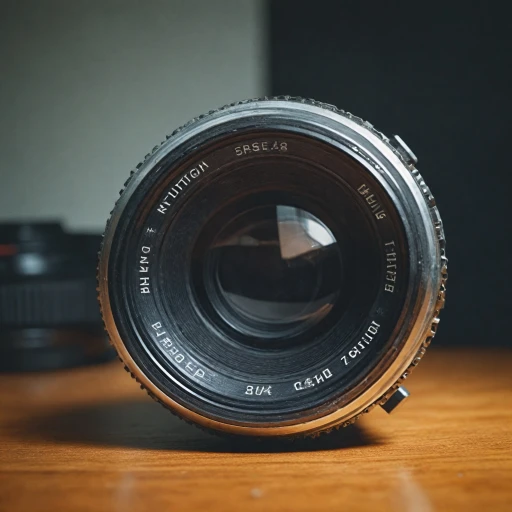Understanding the Canon FD Lens Series
The Canon FD Lens Series: A Retrospective
The Canon FD lens series remains an iconic range in the world of photography. First introduced in the early 1970s, these lenses heralded a significant shift for Canon, moving away from the older FL series. This series of lenses was tailored for 35mm film SLR cameras, specifically those with a Canon lens mount, providing photographers with a suite of versatile options. The FD series quickly rose to prominence, cementing its place among collectors and photography enthusiasts due to its robust build and exceptional image quality.Design and Characteristics
Characterized by its auto aperture control feature, the Canon FD lenses provide a smoother shooting experience, optimizing the aperture ring for precise adjustments. The lenses incorporate a wide angle design, allowing for expansive angle views ideal for various shooting scenarios. Another critical feature is the concave front element, designed to minimize distortion and enhance focal clarity. Canon also prioritized creating a seamless transition from the older lenses Canon designed. Users could expect improved angle lens capabilities, expanded focal length options, and refined construction. This attention to detail is evident in the wide angle lenses that allowed for creative compositions and adaptable focal distances. The Canon FD series truly bridged the gap between traditional film SLRS and modern image-capturing systems. For those wishing to delve deeper into the significance of lens accessories, such as the unparalleled "importance of a lens cap" here. As technology evolved, so did the Canon FD lenses, laying a foundation for the subsequent transitions into digital formats and more complex camera systems. Whether you’re traversing through lens history or simply enjoying a classic, understanding this series opens a wealth of photographic opportunities. With the landscape of lenses ever-changing, tapping into the nostalgia of the Canon FD series is a rewarding journey for any photography aficionado.The Evolution of the Canon FD 35mm f/2 Lens
The Historical Progression of the 35mm f/2 Lens
Originally introduced as part of the renowned Canon FD lens series, the 35mm f/2 lens quickly gained prominence among photo enthusiasts and professionals for its wide angle capabilities. The lens was a favorite within the film SLR camera community due to its compact design and exceptional focal length that perfectly suited a variety of formats from medium format to more portable options.
The journey of this lens began with the classic 'concave front element design', a striking feature that distinguished it from its peers. By August of its early years, Canon had solidified its reputation as a maker of reliable and versatile lenses that fit firmly within the compatible Canon FD mount system. Their purpose was clear: to offer photographers top-notch image quality while maintaining intuitive usability with an aperture ring facilitating auto to manual transitions effortlessly.
Evolution over time saw improvements such as changes in aperture adjustment rings and innovations in optical quality, marking the Canon FD 35mm f/2 as a cornerstone in the world of angle prime lenses. These modifications ensured that the angle view met the increasing demands for clarity and sharpness. The lens succeeded in striking a balance between focal distance and wide angle lens characteristics, owing in part to its well-engineered lens elements.
For many photographers today, exploring the evolution of iconic lenses like this one becomes an exciting journey, akin to visiting a museum full of optical innovations. And for those keen on learning more about improving their camera gear collection, the opportunity to enhance their reach with a telephoto lens may provide similar photographic adventures.
Enhancing the reach of your camera telephoto lens
Key Features of the Canon FD 35mm f/2 Versions
Exploring the Signature Features
The Canon FD 35mm f/2 lens is revered for its enduring blend of quality and performance, making it a staple in the transition from film SLR to modern camera systems. Its notable features have captivated both vintage collectors and contemporary photographers alike. Here, we'll dive into these characteristic highlights that have contributed to its enduring appeal.- Optical Excellence: The standout feature of this lens canon is its wide aperture of f/2, which allows impressive performance in low-light conditions, rendering vibrant images with a natural depth. This wide angle lens design offers great flexibility, making it an invaluable tool for diverse photography styles, from landscapes to portraits.
- Concave Front Element: One of the unique aspects of the Canon FD 35mm f/2 is its concave front element, which plays a crucial role in controlling distortion often associated with wide coatings. This configuration enhances image quality by minimizing flares and maintaining sharpness across different focal distances.
- Aperture Ring Control: The manual aperture ring is a key feature for those seeking precision control over depth-of-field effects. It provides a tactile experience that many digital zoom lenses lack, adding a layer of creative freedom when composing shots. This tactile feedback is essential for photographers passionate about mastering the art of manual focus.
- Canon FD Mount System: The legacy Canon FD mount system facilitates compatibility with a plethora of film slr camera bodies, preserving the legacy of these legendary cameras. The FD lens mount system remains a testament to Canon's engineering prowess, offering a stable connection between lens and camera that ensures optimal performance.
- Versatility Across Formats: While primarily designed for use with 35mm format film cameras, this angle lens also finds applications in various settings, including some medium format adaptations, embodying true versatility in its usage.
Comparing the Canon FD 35mm f/2 to Modern Lenses
Modern Alternatives and Comparisons
Exploring the Canon FD 35mm f/2 lens in today's context raises the question: how does it stack up against the modern digital lenses? When considering digital cameras, factors like sensor size and lens compatibility come into play. Many modern cameras prioritize features that enhance image processing, such as auto-focus and advanced aperture control, which are areas where older lenses typically fall short. One significant difference is the development of the lens mount system. While the Canon FD series was designed for film SLR cameras, current digital lenses often have more sophisticated mounts that support electronic communication between the lens and the camera body. This enables improvements in image stabilization and metering, aspects that film-era lenses like the FD 35mm f/2 lack. The focal length of 35mm remains a favorite among photographers, offering a versatile angle view that suits various shooting conditions. However, digital lenses offer better optical elements that limit distortions common in wide-angle shots, such as the slight fish eye effect seen in older lenses. Moreover, the advancement in medium format lenses and sensors has allowed for deeper depth at similar focal distances. In terms of image quality, modern lenses often boast superior coatings on the front element to improve contrast and color reproduction. Additionally, the precision in the mechanical build, including the aperture ring's smoothness, contributes to the overall photographing experience. As technology progresses, lens manufacturers incorporate elements to further reduce chromatic aberration and flare, which are more noticeable in older models like the Canon FD. While the Canon FD 35mm f/2 may not feature the concave elements or zoom lenses capabilities found in contemporary lenses, it still possesses classic qualities that attract enthusiasts, especially those filming with format film. Its nostalgic charm and robust build make it a collector's choice, reminiscent of an era when manual control was paramount. For those venturing into the world of vintage lenses, understanding these trade-offs is crucial when comparing it with today's advanced canon lenses or similar options in the canon nfd series.Tips for Using the Canon FD 35mm f/2 Lens
Making the Most of Your Canon FD 35mm f/2 Lens
To achieve impeccable results with the Canon FD 35mm f/2 lens, mastering its usage becomes crucial. Here are some practical tips to maximize its potential and reveal the charm of these vintage optics:- Understanding Aperture and Focal Length: With its wide aperture and a fixed focal length of 35mm, this lens is ideal for low light settings and achieving a shallow depth of field. Take advantage of the f/2 aperture to create stunning background bokeh, adding dimension to your images.
- Manual Focusing Techniques: Unlike modern auto-focus lenses, this classic requires manual focusing. Practice smooth and accurate adjustments using the focus ring, which enhances your skills in predicting the focal distance. Pre-focusing on anticipated subjects can save time and increase efficiency.
- Experiment with Wide Angle Perspectives: The wide-angle view provided by this lens allows for expansive shots, ideal for landscapes and street photography. Position your subject creatively within the frame to utilize the comprehensive angle effectively.
- Optimal Camera Settings for Film SLR: To make the most of this lens on a film SLR camera, ensure your ISO settings match the film speed. This optimizes image quality, especially when shooting with medium format film that benefits from the lens' capabilities.
- Preserving the Lens' Build and Optics: Handle with care to avoid damage to the front element or the concave lens surfaces. Regular cleaning of the aperture ring and lens mount preserves functionality and prolongs the lifespan of your lens, keeping it on the admiration list of enthusiasts and collectors.
- Engaging with Different Formats: While primarily designed for older camera systems, the Canon FD lenses can be adapted to digital platforms for unique image renditions. Experiment with these adaptations to expand your creative horizon.
Collecting and Maintaining Canon FD Lenses
Preservation Tips for Canon FD Lenses
For photography enthusiasts and collectors, maintaining the pristine condition of vintage lenses is crucial. The Canon FD 35mm f/2 lens, like other lenses in the series, requires careful preservation to ensure longevity and performance. Given their historical significance and design intricacies—such as the unique concave front element found in some versions of this lens—taking the appropriate measures to maintain them is essential.- Proper Storage: Store your Canon lenses in a cool, dry environment to prevent fungal growth or moisture damage. Using a dedicated cabinet or case designed for camera equipment can help protect against dust and physical damage, extending the life span of your lens collection.
- Regular Cleaning: Cleaning your Canon lens regularly can maintain image clarity and reduce wear. Use a soft, lint-free cloth or a lens pen for gentle cleaning of the lens surface, and be cautious when handling the aperture ring or any other manual controls.
- Shoot on Film and Digital: While some collectors prefer keeping their Canon lenses for display, using them with a corresponding Canon camera—be it film SLR or through an adapter on digital systems—ensures the lens mechanics stay functional.
- Timely Maintenance: If you encounter any issues with your lens, such as a jammed lens mount or an ineffective auto aperture control, seeking professional repair services can prevent further damage. Prompt maintenance helps preserve the original functionality and quality of your Canon FD lenses.
- Documentation and Provenance: Keeping a record of your lens’s history, including its August acquisition or any significant use, adds value to your collection. This becomes particularly significant if you decide to exhibit your lenses in a photography museum or consider selling in the future.
